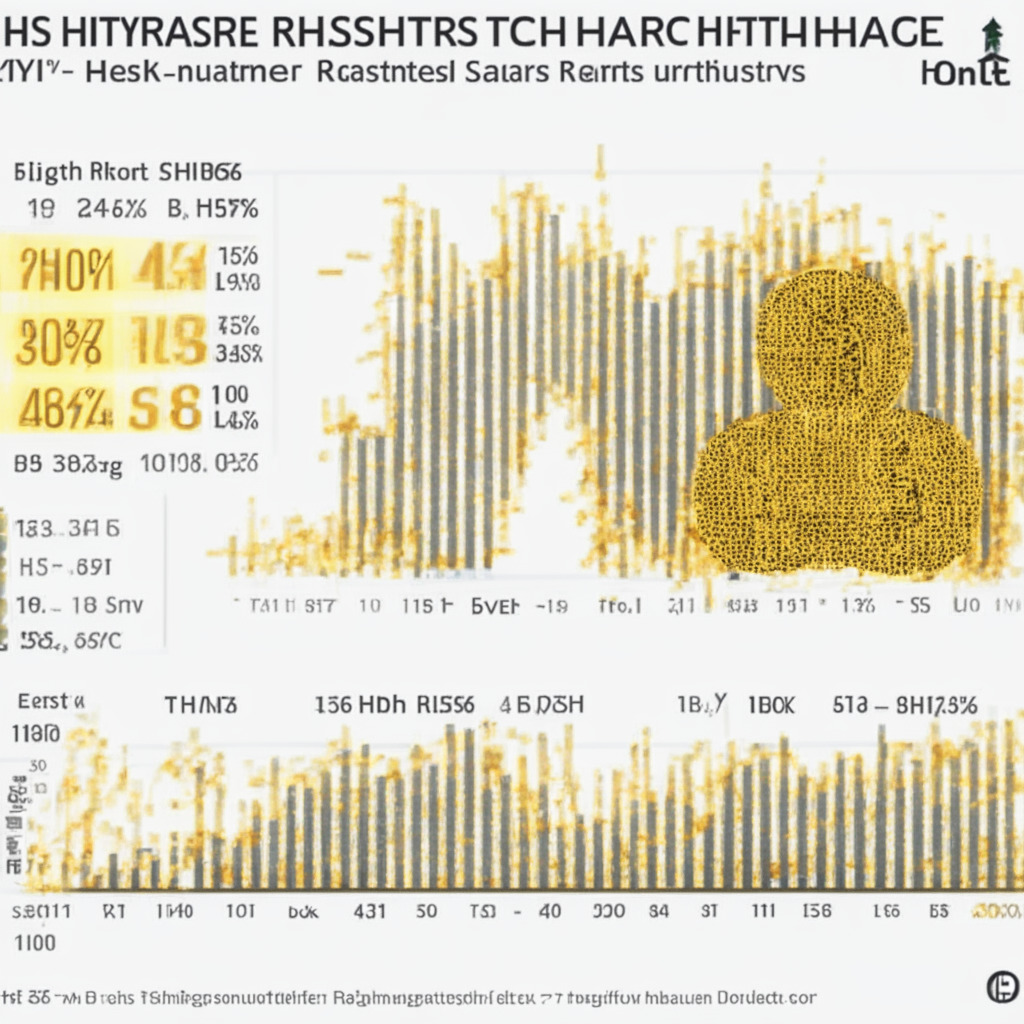The Lido liquid staking protocol recently enabled Ether (ETH) withdrawals for the first time, with over 260 Lido Staked Ether (stETH) redeemed for its underlying Ether within the first three hours, amounting to a value of around $500,000. Previously, Ethereum’s April 13 Shapella upgrade allowed withdrawals, but Lido had not integrated the new feature.
Lido is a liquid staking derivatives (LSD) protocol that permits ETH holders to stake their coins with participating validators, earning extra ETH as a reward. When users stake their ETH with Lido, they obtain stETH. As these users accrue ETH from staking, their stETH increases in quantity, reflecting the additional rewards.
Prior to the Shapella upgrade, Ethereum would not let validators withdraw their Ether held in the staking contract. Lido users were still unable to withdraw their ETH even after the upgrade because Lido’s software lacked a withdrawal function. However, on May 15, the Lido decentralized autonomous organization voted in favor of upgrading Lido to version 2, thus permitting withdrawals for the first time.
Data from Parsec reveals that roughly an hour elapsed before stakers realized they could now withdraw. In the first hour of withdrawals, approximately 4 ETH, around $7,308, was redeemed in exchange for stETH. The subsequent hour saw redemptions surge to roughly 227 ETH, or $414,956, before falling in the next hour to around 44 ETH, or $80,388. Consequently, more than $500,000 worth of ETH was withdrawn in the first three hours of withdrawals being enabled.
The popularity of liquid staking solutions has risen since the Shapella upgrade, and on May 1, liquid staking surpassed decentralized exchanges as the top decentralized finance category in terms of total value locked, according to DeFiLlama.
Nevertheless, some legal questions surround liquid staking in the United States. The Securities and Exchange Commission (SEC) recently stated that it might view staking providers as securities issuers. The uncertainty regarding the legality of these staking providers evokes mixed opinions within the crypto community. While liquid staking offers a potential for attractive rewards to ETH holders, the SEC’s stance leaves many questioning the possible regulatory implications.
In conclusion, the recent integration of the withdrawal feature by Lido can be perceived as a positive development for liquid staking enthusiasts. However, unresolved legal issues and the potential for increased regulatory oversight may cause some hesitation among users, as the future of liquid staking remains uncertain.
Source: Cointelegraph




